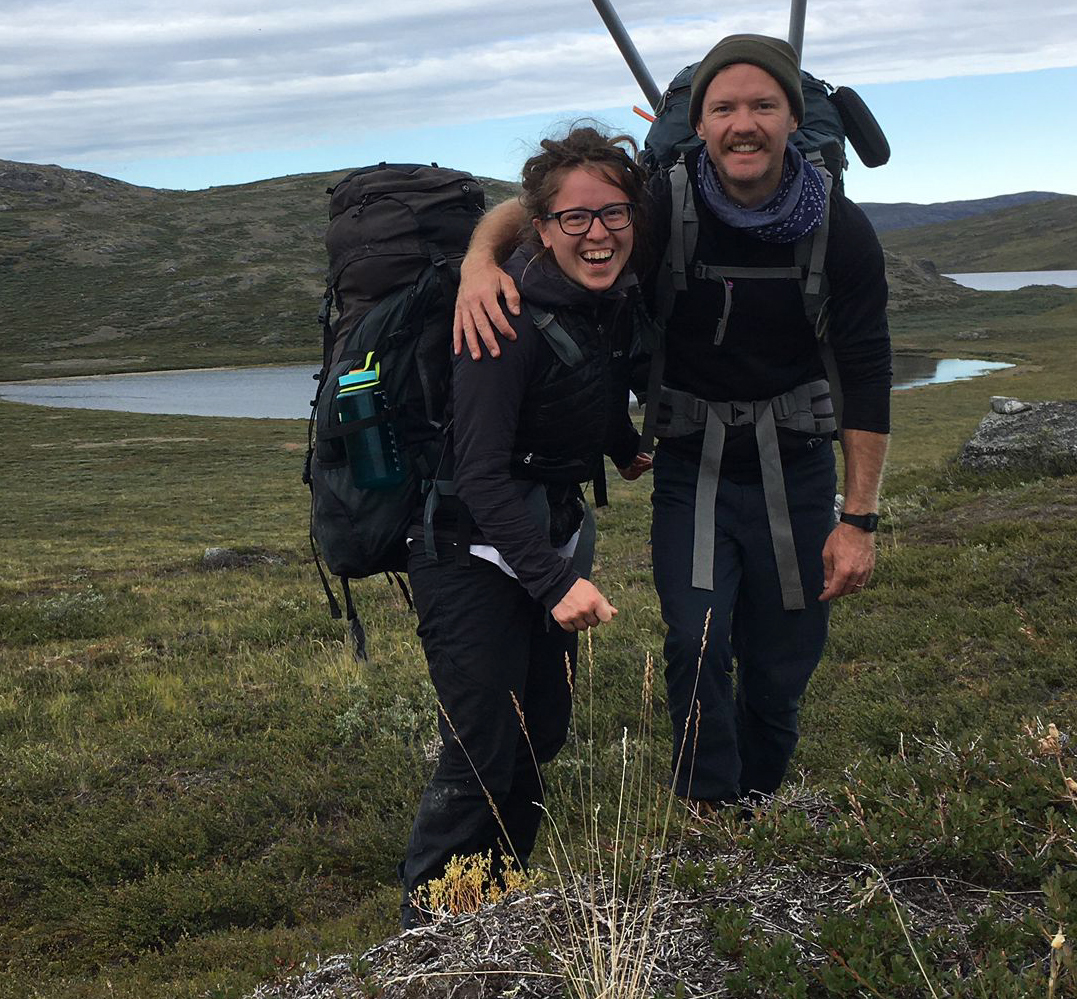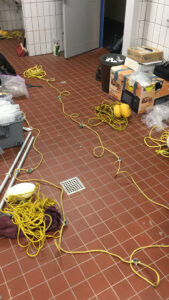
Unraveling Changing Temperature of West Greenland Lakes Under Ice and Beyond
Expedition Dates: August 2021
Expedition Field Team Members:
Vaclava Hazukova, Climate Change Institute, University of Maine; Benjamin
Burpee, Aquatic Scientist, Ecosystem Consulting Services
Expedition Funding: Dan & Betty Churchill Exploration Fund
I would like to sincerely thank Dan and Betty Churchill for making this field work possible.
Field Expedition Location: Kangerlussuaq, West Greenland
Arctic freshwater systems are rapidly changing as a result of increasing temperatures and changing precipitation patterns. For example, early spring temperatures in West Greenland, where our work takes place, have risen abruptly by more than 2°C since the 1990s—advancing the timing of lake ice-cover loss, warming surface waters, and ultimately changing biogeochemical cycling and environmental conditions for aquatic biota.
Arctic lakes are ice-covered for most of the year; however, despite the importance of under-ice processes for setting up open-water conditions, under-ice data are very limited—hampering our ability to predict how Arctic systems will respond to changes in seasonality. Of particular importance is understanding how lakewater temperature changes over time and throughout the year because lake thermal structure affects distribution of resources as well as rates of metabolic and biogeochemical processes.
Starting in 2018, we added under-ice monitoring to our regular sampling activities during the open-water period, to capture how changing winter conditions alter lake functions during summer. In West Greenland, the average timing of lake ice-out has shifted 6 days earlier since the early 1990s; however, there remains substantial variability around the mean. For example, lake ice-out occurred more than 30 days apart between 2018 and 2019—this variability allows us to explore links between shorter ice-covered periods and summer conditions.
During our last pre-pandemic trip to West Greenland in 2019, our team deployed buoy strings with small temperature sensors to record how lake water temperature changes across the water column through the fall and over the winter. Our plan to find and remove these temperature strings shortly after ice-out in the spring of 2020 did not come to fruition… After the pandemic-disrupted field season of 2020, we were able to go on a short expedition in August 2021—equipped with a small, inflatable raft and GPS coordinates pointing to the location where we left our buoys 2 years ago. Not making them easier to find, these buoy strings had to be deployed fairly deep under lake surface (at least 2-3 meters); if caught and frozen into lake ice, they could be dragged away from their original position and potentially destroyed when lake ice melts in the spring.
Despite some difficulties, by the end of the trip, we were able to recover all the equipment we deployed in 2019—to our surprise, most of the temperature sensors were still recording data!
Having recorded not just one winter, but two, we were able to see that lakewater temperature in winter when lakes are covered by more than 3 feet of ice can be very variable. Under-ice temperature of lakes during winter of 2019/2020 was more than 2ºC warmer compared to 2020/2021. Another surprise was that the upper water column can reach almost 10ºC under-ice in some years—almost a month before ice-out! That is likely because solar radiation in June and July when ice usually melts in these lakes is nearing its peak, rapidly warming the water under the fairly transparent albeit thick ice-cover.
Rapid warming of the upper water column under-ice can have some important consequences for the open-water season. Unlike a textbook scenario where lake water would reach a uniform temperature across the water column and mix after ice-out, West Greenland lakes begin to stratify under ice (warm water floats on top of cooler and denser bottom water). That limits, and sometimes prevents, full lake mixing in the spring which is an important process that replenishes bottom waters with oxygen and brings nutrients accumulated in the bottom up to the surface— affecting primary production in these lakes.
Encouraged by the success of this short expedition, we deployed temperature strings in more lakes to gather a more expansive dataset of winter lake water temperatures. Hopefully, we will be able to recover these buoys in 2022!




